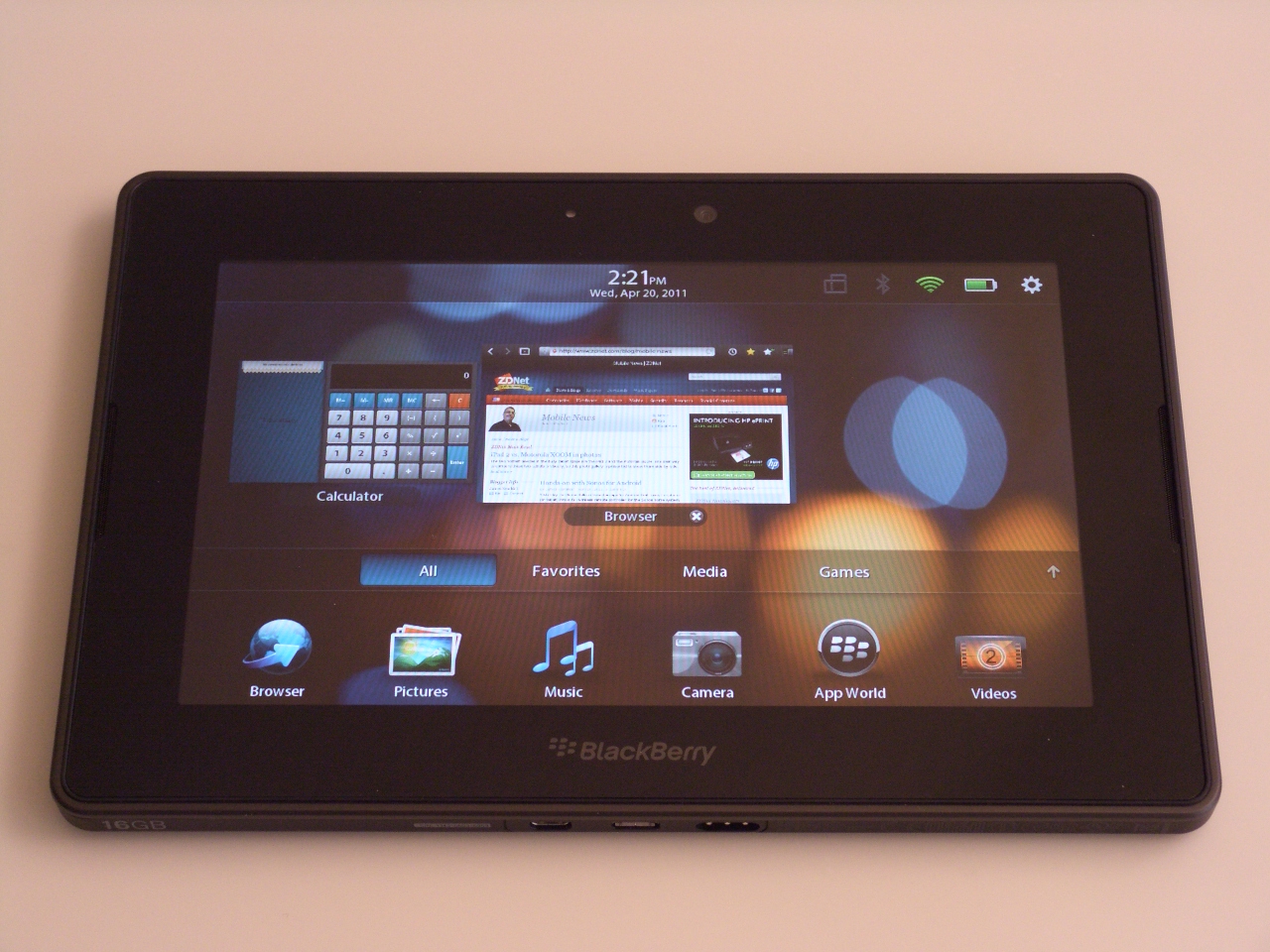For tablets to succeed mainstream: Consumers simply must "get it"


I have been using and testing tablets of all kinds for years, and a big part of that testing is gauging consumer reaction to a given product. The mainstream consumer market is the target for tablets, and understanding how they react to them is vital for determining how well a given device might do in the market.
Invariably, the reaction people have to the iPad is very different from that with other tablets. Apple has designed the iPad and its interface to be totally without intimidation. The iPad in use follows through with the marketing message that Apple gives: you just do things with it. No computing metaphors, no talk of all the different email services it can access. You will never hear the word "tablet" in an iPad ad. You just do things with it, and consumers "get it". Every time I've handed an iPad to someone they start touching icons and swiping the screen, and in seconds they are doing things with it, and totally ignoring everything around them.
Once the individual gets past the visible intimidation to the Android tablet, they usually ask me what they can do with it. They don't get it. They don't visualize all the neat things they can do with this tablet, and that's a big failure. Almost without exception they play with the tablet for a few minutes and hand it back to me. The first impression failed to excite them in any way, and thus failed to make them see what they might do with a tablet of their own. They are not going to buy one.
The marketing of these tablets isn't helping things. Remember the XOOM TV ads that showed the user morphing into a cyborg with the XOOM in hand? What message did that send to the prospective buyer of the XOOM? Not one that made it clear how the XOOM could be of use to the average buyer. In fact it sent an intimidating message to the viewer. Not only did the consumer not get it, the ad maker didn't either.
I see folks have the same reaction to the BlackBerry PlayBook as they do to the Android tablets. They are less intimidated by the hardware, which is a plus for RIM, but they just stare at the screen for a while as they try to determine what to do with the PlayBook. There is no immediate "doing things" as is the common reaction to the iPad. It's not just a lack of apps on the PlayBook either, it's a complete lack of vision that the product invokes in the user. No joy of experimenting with the device, no excitement of discovery of what this new type of gadget can do. Often there is that same question I hear a lot: "what can I do with it?"
Tablet makers must make sure that, like the iPad, their product has a simple hardware design. They must put an interface on it that is totally intuitive and inviting to be touched, and most importantly invites the user to do things. No intimidation is allowed, just the invitation for exploration with the tablet. Make that the focus of all marketing for the tablet. Not whiz-bang features, not sophisticated functionality; get the message out that you can just do things with this tablet. That's all mainstream consumers want to hear.
See related coverage: